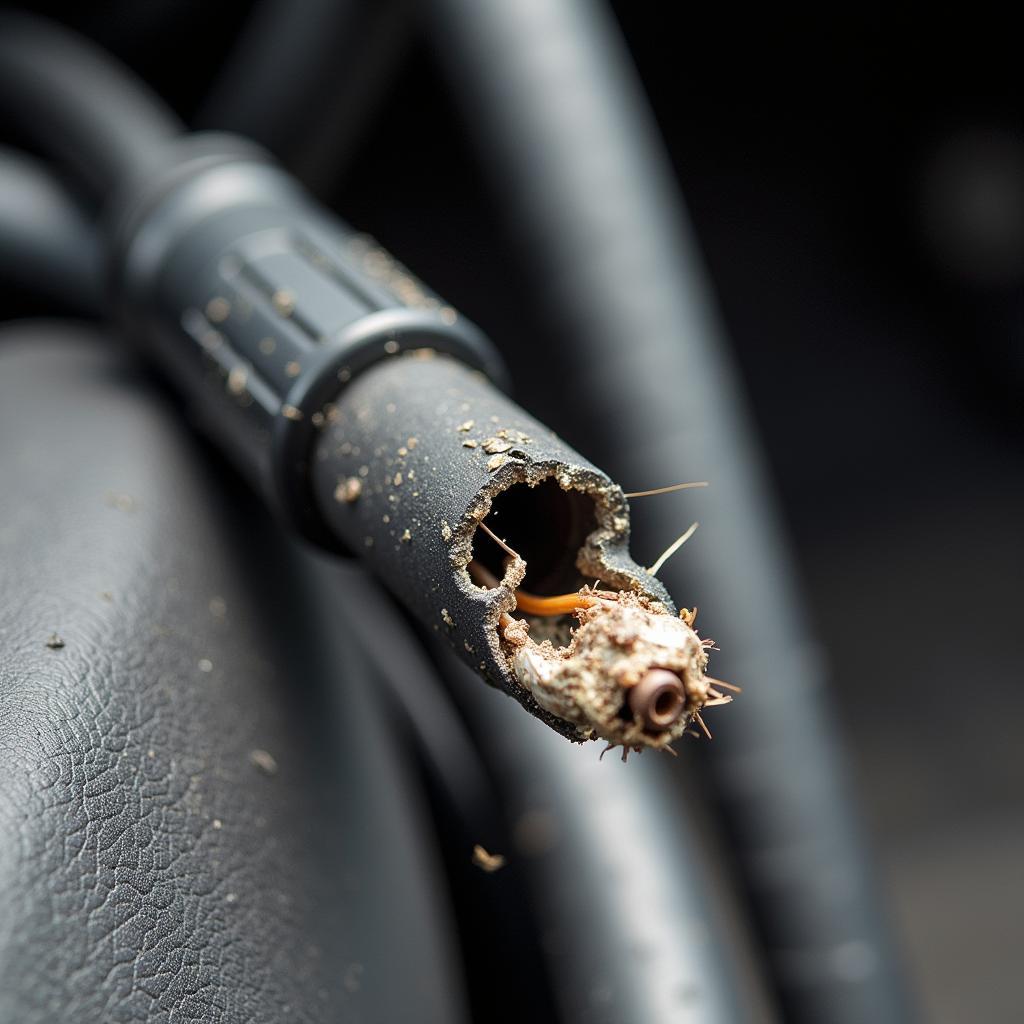Owning and maintaining a car can be a rewarding experience, but it can also come with its fair share of challenges. “Real Fx Car Problems” can range from minor inconveniences to major headaches, leaving you stranded and frustrated. This comprehensive guide will help car owners, repair shops, and automotive technicians diagnose and tackle those real-life car problems head-on.
Common Car Issues and Their Solutions
From strange noises to warning lights flashing on your dashboard, let’s delve into some of the most common car problems and explore practical solutions:
Engine Problems
1. Engine Won’t Start
- Possible Causes: Dead battery, faulty starter motor, fuel system issues, ignition system malfunction.
- Troubleshooting Tips:
- Check battery connections and charge.
- Listen for clicking sounds when turning the key, indicating a starter issue.
- Inspect fuel pump and filter.
- Examine spark plugs and ignition coils.
2. Engine Misfires
- Possible Causes: Worn spark plugs, clogged fuel injectors, faulty ignition coils, vacuum leaks.
- Troubleshooting Tips:
- Replace spark plugs if worn.
- Use fuel injector cleaner or consider professional cleaning.
- Inspect ignition coils for damage or wear.
- Check for vacuum leaks using a carburetor cleaner spray.
3. Overheating Engine
- Possible Causes: Low coolant level, faulty thermostat, malfunctioning water pump, radiator issues.
- Troubleshooting Tips:
- Caution: Never open a radiator cap when the engine is hot.
- Check coolant level when the engine is cool.
- Inspect thermostat for proper operation.
- Verify water pump functionality.
- Check for radiator leaks or blockages.
Electrical System Problems
1. Battery Issues
- Possible Causes: Old battery, parasitic drain, loose connections, alternator failure.
- Troubleshooting Tips:
- Test battery voltage and charge.
- Inspect battery terminals for corrosion or looseness.
- Check for parasitic drain using an ammeter.
- Test alternator output.
2. Electrical Malfunctions
- Possible Causes: Blown fuses, faulty relays, wiring issues, sensor problems.
- Troubleshooting Tips:
- Check fuse box for blown fuses related to the malfunctioning component.
- Inspect relays for proper operation.
- Visually examine wiring harnesses for damage or loose connections.
- Use a diagnostic scanner to identify faulty sensors.
Brake System Problems
1. Spongy Brake Pedal
- Possible Causes: Air in the brake lines, worn brake pads or rotors, brake fluid leak.
- Troubleshooting Tips:
- Bleed the brake system to remove air bubbles.
- Inspect brake pads and rotors for wear and tear.
- Check for brake fluid leaks around calipers, hoses, and master cylinder.
2. Grinding Noises When Braking
- Possible Causes: Extremely worn brake pads, damaged rotors.
- Troubleshooting Tips:
- Immediately inspect and replace brake pads if worn down to the metal.
- Resurface or replace damaged rotors.
Suspension and Steering Problems
1. Pulling to One Side
- Possible Causes: Uneven tire pressure, misaligned wheels, worn suspension components.
- Troubleshooting Tips:
- Check and adjust tire pressure to the recommended level.
- Get a wheel alignment performed.
- Inspect suspension components like tie rods, ball joints, and control arms for wear.
2. Noises When Driving Over Bumps
- Possible Causes: Worn shocks or struts, damaged suspension bushings, loose steering components.
- Troubleshooting Tips:
- Inspect shocks and struts for leaks or signs of wear.
- Check suspension bushings for cracks or damage.
- Examine steering components, including tie rods and sway bar links, for play or looseness.
Seeking Professional Help
While some car problems can be diagnosed and fixed with basic DIY knowledge, others require the expertise of trained professionals.
“Attempting complex repairs without proper knowledge and tools can lead to further damage and safety risks,” advises John Miller, Senior Automotive Technician at Autotippro. “It’s crucial to recognize when professional help is necessary to ensure your car is repaired safely and effectively.”
Conclusion
Dealing with real fx car problems can be frustrating, but understanding the common issues and their potential solutions empowers you to address them effectively. Whether you choose to tackle the repairs yourself or seek professional help, this guide serves as a starting point for diagnosing and resolving those automotive headaches.
Remember, regular car maintenance and timely repairs go a long way in preventing major issues and keeping your vehicle running smoothly for years to come.
Need expert assistance with your car troubles? Contact AutoTipPro today at +1 (641) 206-8880 or visit our office located at 500 N St Mary’s St, San Antonio, TX 78205, United States.







Leave a Reply